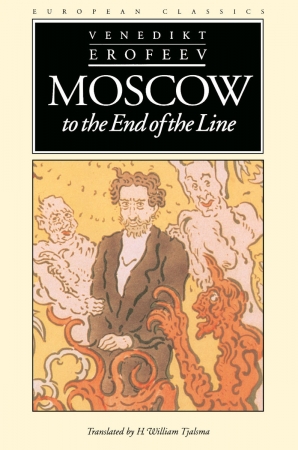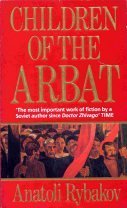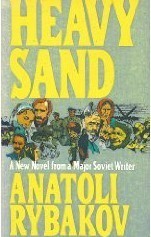
A School for Fools
Book Description
Welcome to a world where sanity blurs with madness and the classroom is a battleground for chaos. In a surreal landscape of fragmented dreams and enigmatic characters, a group of misfits confronts their deepest fears, navigating the twisted corridors of a school that challenges everything they know about love, friendship, and betrayal. Each encounter deepens their struggles, revealing that wisdom often comes from the unlikeliest sources. As reality frays and illusions intertwine, can they find clarity amidst the noise, or are they destined to remain fools forever? What will it take to escape the clutches of their own minds?
Quick Book Summary
"A School for Fools" by Sasha Sokolov immerses readers in a surreal, stream-of-consciousness narrative that dissolves the boundaries between sanity and madness. The novel unfolds through the fragmented perspective of a nameless adolescent boy, whose mind is divided between multiple selves. Set in a Soviet-era boarding school for troubled youth, the book chronicles the protagonist’s experiences with eccentric peers, enigmatic teachers, and haunting memories. As reality and fantasy intermingle, the reader is drawn into a world where logic and chronology are subverted, and meaning emerges from chaos. Sokolov’s poetic language and nonlinear storytelling encapsulate the protagonist’s struggle with identity, love, and the quest for wisdom in a world that resists coherence. Ultimately, the novel is a lyrical exploration of the human mind and the transformative possibilities found within madness.
Summary of Key Ideas
Table of Contents
Blurring the Boundaries of Sanity and Madness
The novel opens within the liminal space of a Soviet-era boarding school for troubled students, depicted through the eyes of an unnamed narrator whose perceptions fragment and overlap in a stream-of-consciousness style. The protagonist’s sense of self is fluid, often conversing with alternate versions of himself, which immerses the reader in a world where clarity and coherence are always out of reach. This blurred perspective reflects both his internal struggles and the broader absurdities of the institutional environment, setting the stage for an exploration of ambiguity and surrealism.
Fragmented Identity and Duality of Self
Interactions with teachers, classmates, and the school’s enigmatic staff reveal the complexity of relationships in a world teetering between order and chaos. The protagonist’s bonds with figures like Dr. P.F. and Savl Petrovich oscillate between care, confusion, and rebellion. Characters merge and reappear in various guises, further diffusing the boundaries of reality. Each encounter challenges the narrator's understanding of loyalty, authority, and the potential for compassion amid authoritarian rule and personal uncertainty.
Surrealist Storytelling and Poetic Language
Poetic language serves as both a veil and a window into the narrator’s inner life. Sokolov’s ornate prose is rife with shifting metaphors, dream logic, and vivid sensory detail, which together evoke the instability of memory and consciousness. Nature emerges as a recurring motif—rivers, gardens, and seasons mirror the internal turbulence of the protagonist, offering fleeting moments of connection and clarity. The novel dwells in moments of lyrical beauty while embracing the uncertainty and messiness of perception itself.
Isolation, Longing, and the Search for Meaning
At its core, "A School for Fools" is a meditation on identity and the persistent search for meaning amidst madness. The narrator struggles to unite the divided selves within him and to forge some sense of coherence in a world that confounds logic. Yearning for love and understanding, he grapples with isolation and dreams, reflecting the universal quest for belonging. These struggles unfold not only within the school’s institutional confines but also within the mind’s borderlands, where wisdom is found in confusion.
Defying Authority and Societal Expectations
Ultimately, Sokolov’s work subverts conventional narrative expectations, embracing chaos and experimentation to reveal deeper truths. The school becomes an emblem for both repression and possibility, its lessons residing not in structured curriculum but in the unpredictable interactions, dreams, and revelations of its inhabitants. Even as reality crumbles, the narrator’s journey suggests that freedom—and perhaps wisdom—may lie within the very madness that isolates him, inviting readers to embrace ambiguity as an inescapable part of the human experience.
Download This Summary
Get a free PDF of this summary instantly — no email required.





